Stroll through Laomen East and reminisce about the old times

G6 arrives at Nanjing South Railway Station in 1 hour and 11 minutes from Shanghai Station

Laomen East is located east of Zhonghua Gate in Qinhuai District, Nanjing, Jiangsu Province. Because it is located east of the south gate of Nanjing's capital (i.e. Zhonghua Gate), it is called "Gate East." It is opposite to Laomen West and is an important part of the Qinhuai scenery belt of Nanjing Confucius Temple. Mendong is a gathering place for traditional folk houses in Nanjing. Since ancient times, it has been a place where merchants and scholars gathered in Jiangnan, and aristocratic families lived. Gate East is a broad concept. The east of Zhonghua Gate is Gate East. Today, the Laomendong Historical and Cultural District is a narrow concept of Gate East.
When we approach Laomen East, the first thing that comes into view is an antique archway with four pillars and three doors, magnificent and with a square volume of "Laomen East".
A couplet is hung on the front and back of the stone pillars on both sides of the archway. The couplet on the front reads: "The alleys of the markets are filled with the smoke and water of the Six Dynasties, and the common people will write great articles through the ages."
The couplet on the back reads: "Half wall door returns east to illuminate poetry, books and etiquette, and the two bends of Huai River shake the sound of lights, shadows and oars.
People in the Laomen East Historical and Cultural District pass through the "Laomen East" archway, which means entering the traditional residential life in the south of the old city. The old streets and alleys will allow people to re-experience the style of the south of the old city.


Historically, Laomen East was one of the areas where Nanjing's indigenous people lived for the longest time and had the most developed commerce.

Although it is a new building complex that is deliberately retro and modern recreated, its old green bricks and black tiles and horse-head walls and winding stone roads still show the southern style of the prosperous old city and still reveal a strong flavor of Nanjing. It is still a nostalgic place for Nanjing people to reminisce about the present.

On both sides of the road are all antique brick and wood buildings. The retro buildings with blue tiles and powder walls show the original Hui style. The wooden doors and windows of the Diaoliang and Painted Buildings are filled with antique scorched yellow color. The pavilions and pavilions of the Sugar-style gardens are built with exquisite flying eaves and arches. The foreign buildings of the Republic of China with different styles are decorated with exquisite patterns combining Chinese and Western styles. Han Fuxing, Jinyuantang, Xie Fuchun, Deyunshe, Walking Nanjing, Wenqu Teahouse, Jinyuan Bookstore, Junhui Bookstore, Sumian Jinshi and other Ming and Qing buildings. All of them give people a sense of dislocation in time and space, and all of them make people can't help but chew the simple taste.

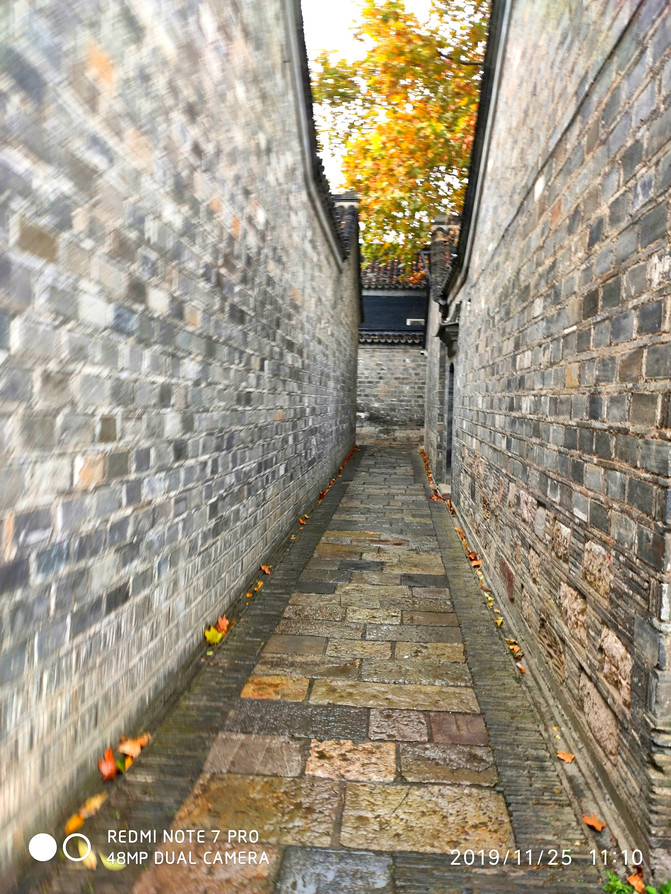
Walking into the deep streets and alleys of Laomen East, you will find the streets crisscross, the alleys are deep and winding, like a maze. Some nameless alleys are so long and steep that they can only accommodate one person.

The late autumn in Laomen East is still very charming

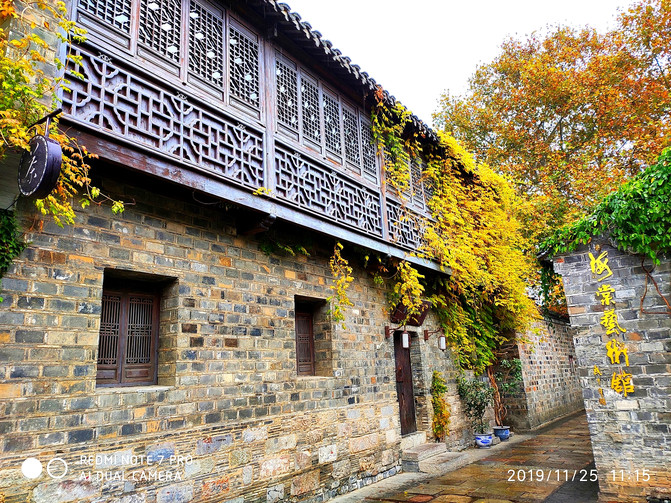
There are various buildings in Laomen Dongli, including wooden structures, brick-wood structures, and other mixed-structure buildings. There are many architectural shapes and designs without any similarities. The architectural decoration is even more colorful. Wood carvings, brick carvings, and stone carvings are exquisite and quaint, with rich and colorful themes and full of interest in life.
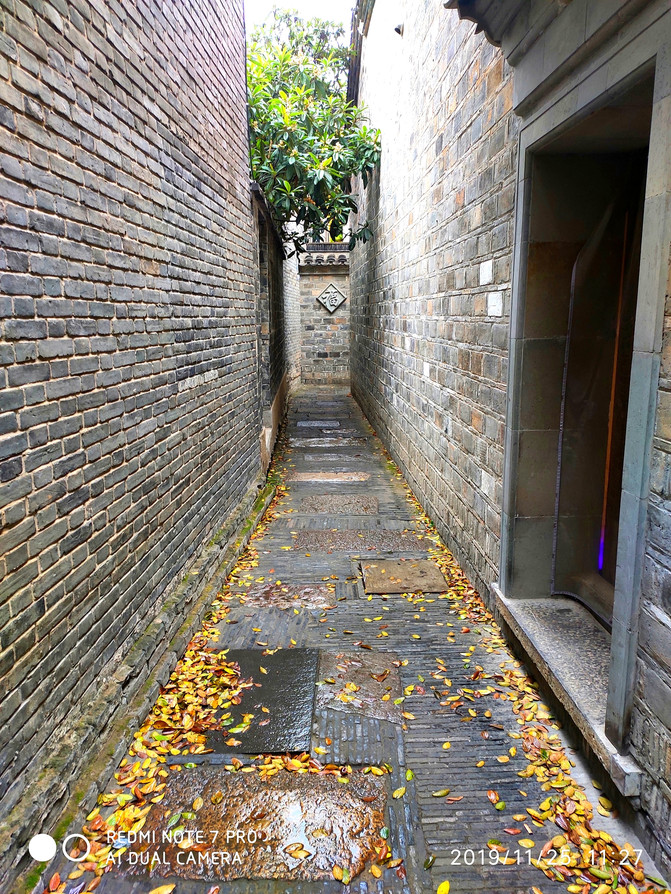
The alleys are deep, and I don't know how many celebrity stories are hidden, how much joy and bitterness there have been; the alleys are deep, and the tourists in them always feel touched by the scenery and returning to find their roots.

And when you savor and slowly chew this old flavor of Nanjing, it seems that all Nanjing classics and old stories in the south of the city are presented before your eyes.

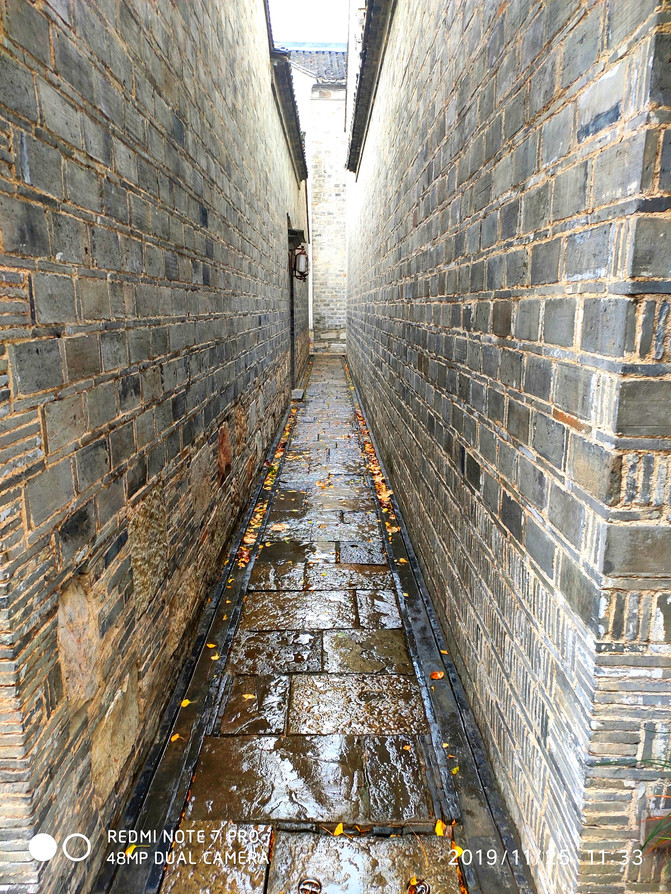
We arrived at a quiet and elegant alley. This alley gave off a quaint atmosphere. It was surrounded by houses made of blue bricks and green tiles. These houses gave me a deep understanding of the old style.

It's still worth taking a photo in such a rich place



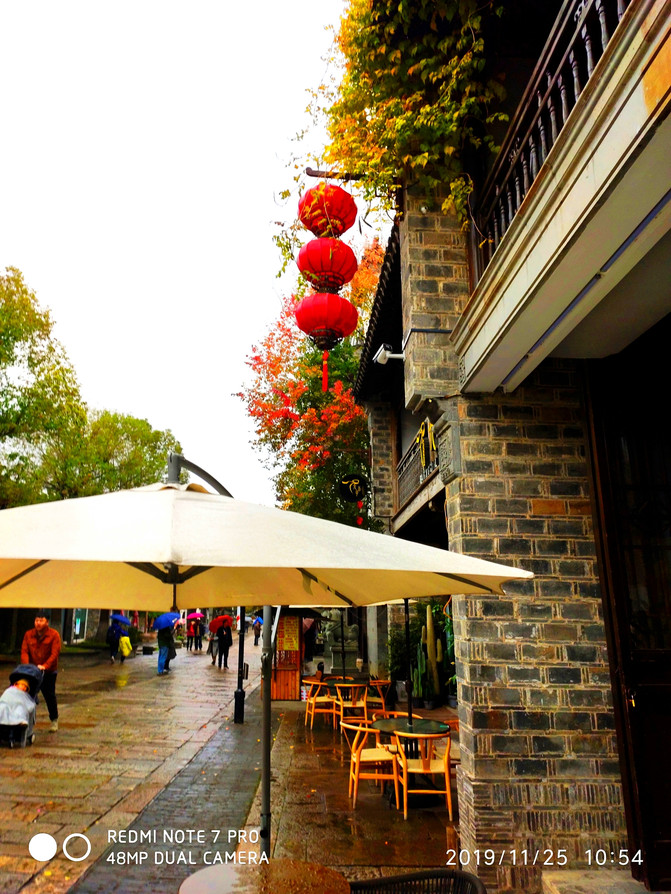


"The heart is the south of the city; the south of the city is the east of the gate." The Qinhuai River is a key to opening the south of the Yangtze River. The south of the old city is the foundation of the ancient capital of Nanjing, and the east of the gate is the deepest meridian and soul of the south of the old city.



The architecture of the Ming and Qing Dynasties, the flavor of the Ming and Qing Dynasties, and the century-old store seem to bring me back to the past and appreciate the characteristic culture of old Nanjing.


I.M. Pei, the world's architectural designer, said: "If a city has no traces of old, it is like a person who has lost his memory." It should be said that Lao Mendong retained the memory of old Nanjing. Each historical mark in the south of the old city is like a frozen time, making the years calm. The ubiquitous traces of life allow Laomendong to still cling to the "soul of Nanjing", trace the past in the south of the city, and protect the cultural context of the city in the flowing time.
Previous Article:Eat, eat, eat ~ Jiangnan Food Battle & An unforgettable museum trip
Next Article:Go as soon as you say, I'm in charge of everything-Bablo Tourism Season
